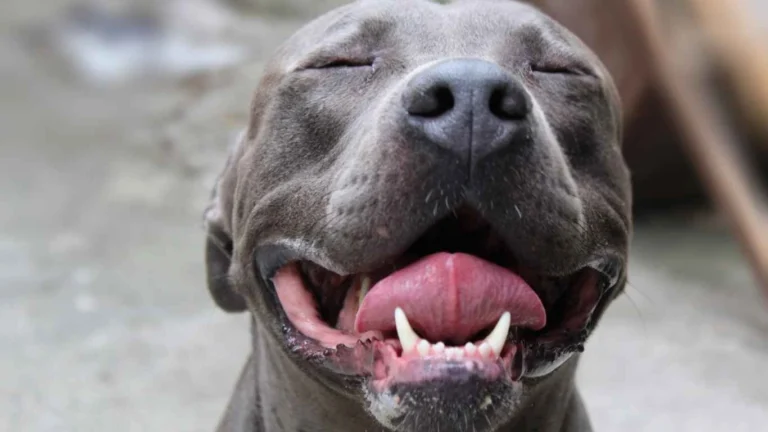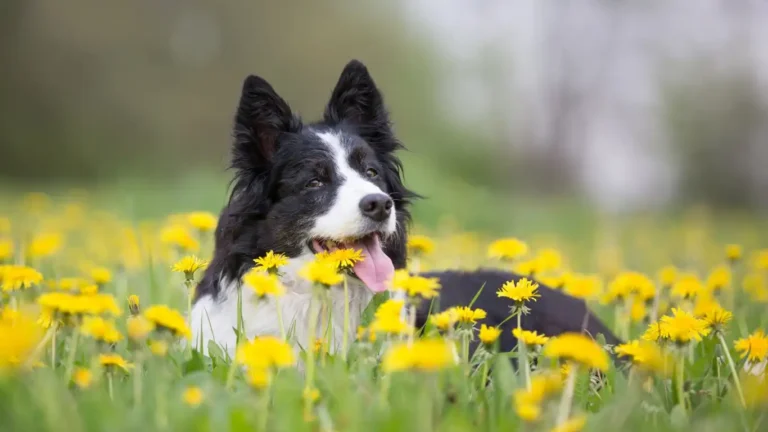7 Simple Tips on How to Keep a Dog’s Coat Healthy in Winter
Winter can be a tough time for dogs, especially when it comes to keeping their coats in good condition. As a Pet Nutritionist and pet care expert with years of experience in veterinary clinics, I’ve seen first-hand how much pet parents worry about their furry friends during the colder months. But, don’t fret! Keeping your dog’s coat healthy in winter doesn’t have to be a daunting task. It all comes down to understanding the changes your dog’s body goes through when the temperature drops and taking a few simple steps to make sure their fur stays in tip-top shape.
Why Does Winter Affect Your Dog’s Coat?

When winter rolls around, your dog’s skin and coat go through a lot of changes. Just like us, they can get dry skin and hair loss due to the cold air and lower humidity. This is especially true for dogs who spend a lot of time outdoors or live in very cold climates. But it’s not just the cold itself that can affect their coat—it’s also the indoor heating that dries out the air. That’s why, as temperatures drop, you might notice your dog shedding more, having duller fur, or even scratching more often than usual. A dog’s coat is essentially their natural barrier, protecting them from both the cold and the elements, so you need to make sure it stays as healthy as possible through these changes.
Understanding the Importance of Proper Nutrition for a Healthy Coat
One of the most crucial ways to keep your dog’s coat in top condition during winter is by focusing on their diet. It’s amazing what the right food can do for their fur. As a pet nutritionist, I often recommend including high-quality sources of omega-3 fatty acids in your dog’s meals. These fatty acids are known to promote a shiny, healthy coat and can help to reduce skin inflammation caused by the cold weather. You can find omega-3s in fish oils, flaxseeds, and certain types of dog food designed for skin and coat health.
When you feed your dog the right kind of fats, you’ll notice their coat becoming more vibrant and less prone to dryness. A balanced diet also ensures that your dog has the right vitamins and minerals to support overall skin health, which in turn affects the condition of their fur. As a bonus, you might even notice fewer skin irritations or patches of flaky skin, which are common during winter months. So, if you’ve been wondering how to keep a dog’s coat healthy in winter, start by looking at what’s in their food bowl!
Regular Grooming: A Must for Winter Coat Health
It’s easy to think that grooming your dog is something that’s only necessary during spring or summer when they’re shedding like crazy. But, trust me, grooming your dog in winter is just as important—if not more so! Winter weather can cause matting, tangling, and a buildup of debris in your dog’s coat. If your dog’s fur is not properly maintained, these tangles and mats can become even more problematic in the colder months, making your dog uncomfortable and more prone to skin irritations. Regular grooming helps to keep their coat fluffy, prevents mats, and removes any dirt or dead hair that could hinder new growth.
If your dog has longer hair, it’s especially important to brush them frequently, at least a couple of times a week, or more if they are prone to tangles. For short-haired breeds, a quick once-over with a brush every week or so should be enough to keep things neat. And, don’t forget about their paws and ears! In winter, ice, snow, and salt can get stuck in between their paw pads, causing discomfort and irritation. Be sure to give their paws a good wipe down after outdoor playtime.
Protecting Your Dog’s Coat from Harsh Winter Elements
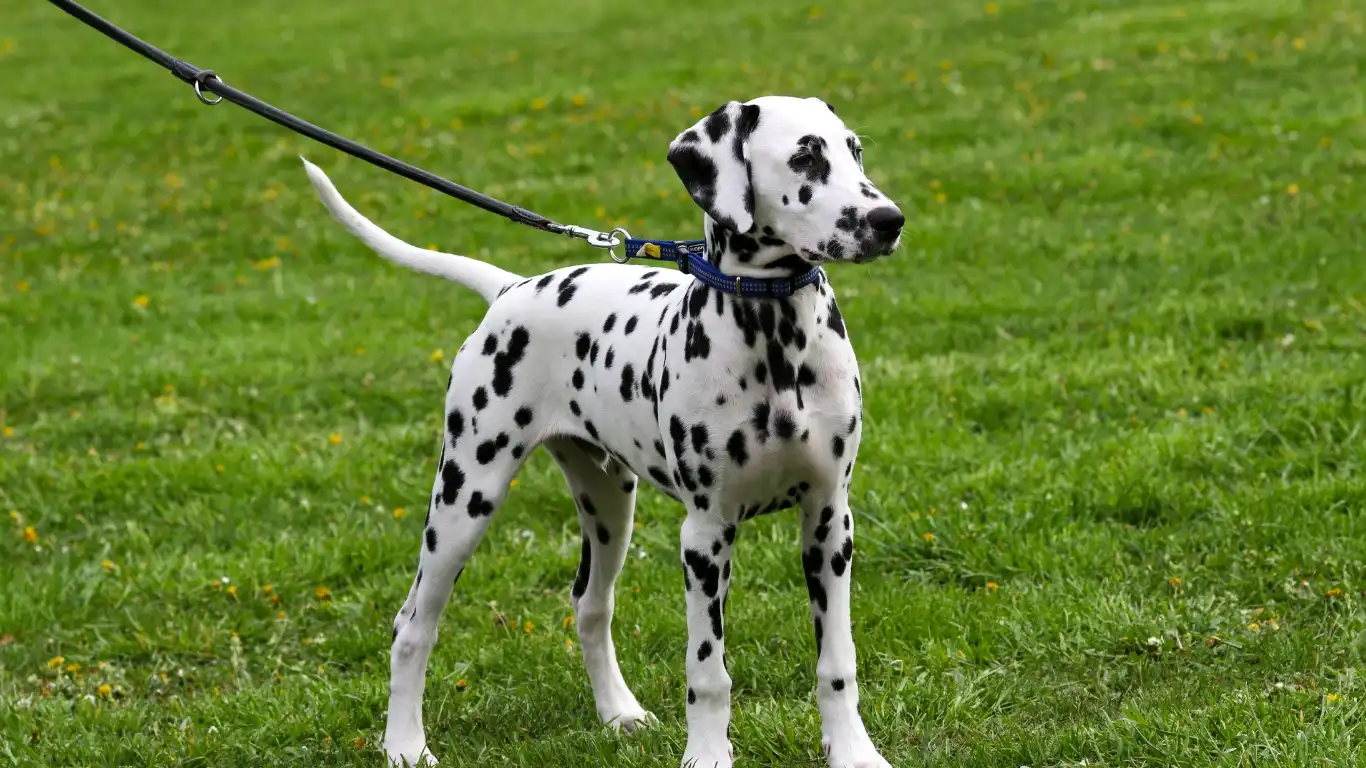
Winter can be a real challenge for dogs, especially when it comes to dealing with snow, ice, and harsh winds. In addition to the chilly weather affecting their coat, dogs that go outside are often exposed to snow and ice, which can cause their fur to mat and their skin to become dry. Salt from roads and sidewalks can also irritate their skin and paws. To help your dog stay protected, consider investing in a good-quality winter coat for extra warmth and coverage. For short-haired breeds, a winter coat isn’t just a stylish accessory—it’s a necessity to help keep them warm in cold temperatures.
Also, make sure to dry off your dog as soon as they come inside from the snow. Water left in their fur can cause them to get chilled, leading to discomfort and even potential health issues. A soft, absorbent towel works wonders to remove moisture quickly, and if it’s particularly cold, a warm, cozy blanket afterward will help keep your dog comfortable.
Moisturizing Your Dog’s Skin
While you’re focusing on maintaining a healthy coat, don’t forget about your dog’s skin! Dry, flaky skin is a common issue during winter, especially for breeds with sensitive skin. The cold, dry air can strip moisture from their skin, leading to discomfort and sometimes even skin conditions like dermatitis. One of the easiest ways to combat this is by using a good-quality dog-safe moisturizer or a hydrating spray designed specifically for pets. These products can help restore moisture to their skin and prevent that dry, itchy feeling that’s all too common during the colder months.
If you’re unsure what products to use, consult with your vet or a pet care expert who can recommend something that’s safe for your dog’s skin type. It’s always a good idea to avoid human lotions or oils, as these may contain ingredients that are not safe for dogs and could cause irritation.
Hydration Is Key for a Healthy Coat
Just like nutrition, water plays a huge role in maintaining a healthy coat. I can’t stress enough how important it is for your dog to stay well-hydrated, even in winter. Although dogs may not be as thirsty when it’s cold outside, they still need to drink enough water to keep their skin and coat hydrated. If your dog is drinking less than usual, try offering fresh water throughout the day or adding a little bit of low-sodium broth to their water bowl to entice them. Proper hydration helps support all of their organs, including their skin, keeping it moisturized and healthy. So, don’t forget to keep their water bowl full, even if they’re not gulping it down like in the summer!
Conclusion
Taking care of your dog’s coat in winter might seem like a lot of work, but with these simple steps, you can make sure they stay cozy and comfortable all season long. From proper nutrition to regular grooming and skin care, there’s a lot you can do to keep their fur shiny and healthy despite the cold. Stay tuned for more tips and tricks for winter pet care!
How to Keep Your Dog’s Coat Healthy in Winter: Daily Care Tips
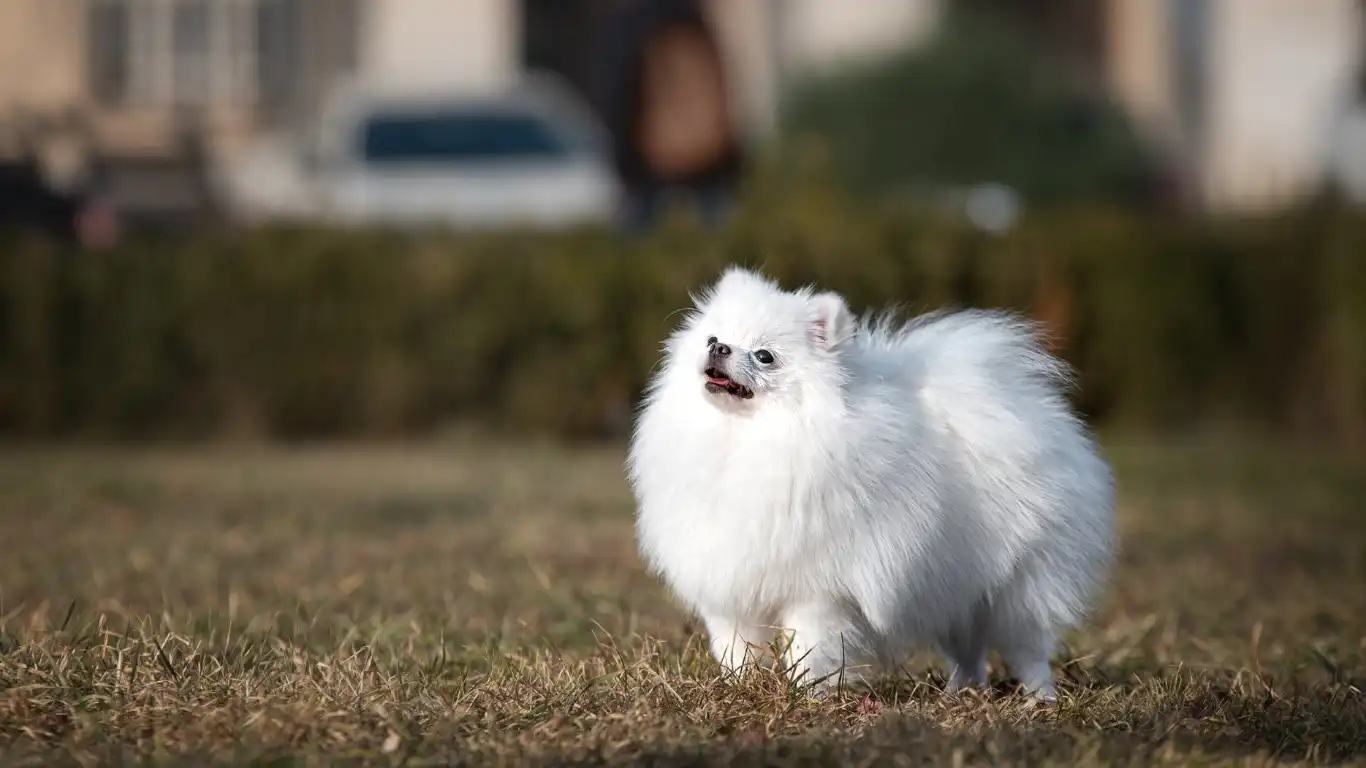
Now that you know why winter can be rough on your dog’s coat and how diet and grooming play a huge role in keeping it healthy, let’s dive into some daily care habits you can implement. Trust me, with just a few small daily actions, you can make a world of difference to your dog’s winter coat and overall health. These are simple steps that even the busiest pet parents can manage, and I promise your dog will thank you for it.
Maintain Consistent Grooming Routines
If you’re someone who loves to cuddle with your dog, grooming can actually become a bonding time during the colder months. Even if you’re not a fan of brushing, it’s something your dog will truly benefit from. I recommend brushing your dog’s coat at least once a week, but for long-haired breeds, consider increasing this to a few times a week to prevent tangling. Don’t be afraid to go over it a little longer, especially after they’ve been outside. Getting rid of any snow, mud, or ice build-up in their coat is important. Plus, regular brushing promotes healthy circulation to their skin, which is essential for a shiny, lustrous coat.
If you’re unsure how often you should groom based on your dog’s breed, consult your vet or a local groomer. They’ll have great tips on the best tools to use and how frequently to brush, based on your dog’s coat length and thickness. But whatever you do, don’t skip grooming altogether—especially in the winter months. It’s one of the easiest (and most fun) ways to keep your dog’s coat in prime condition.
Keep Your Dog Warm and Dry

Another way to keep your dog’s coat healthy during winter is by making sure they stay warm and dry when they go outside. If you live in a snowy region or it rains frequently during winter, your dog’s coat can quickly become wet and uncomfortable. And wet fur, especially if left to dry in cold temperatures, can cause your dog to get chilled or develop skin problems like hot spots.
To keep your dog warm and cozy, consider getting them a sweater or coat designed for winter weather. Even if your dog has a thick coat, some breeds, like short-haired dogs, are more vulnerable to the cold. Plus, having a winter coat doesn’t just keep them warm—it can also prevent them from getting too wet in the snow. If your dog is prone to getting wet paws, try investing in some waterproof boots. It might seem like overkill, but trust me, they’ll make all the difference!
Essential Supplements for Winter Coat Health
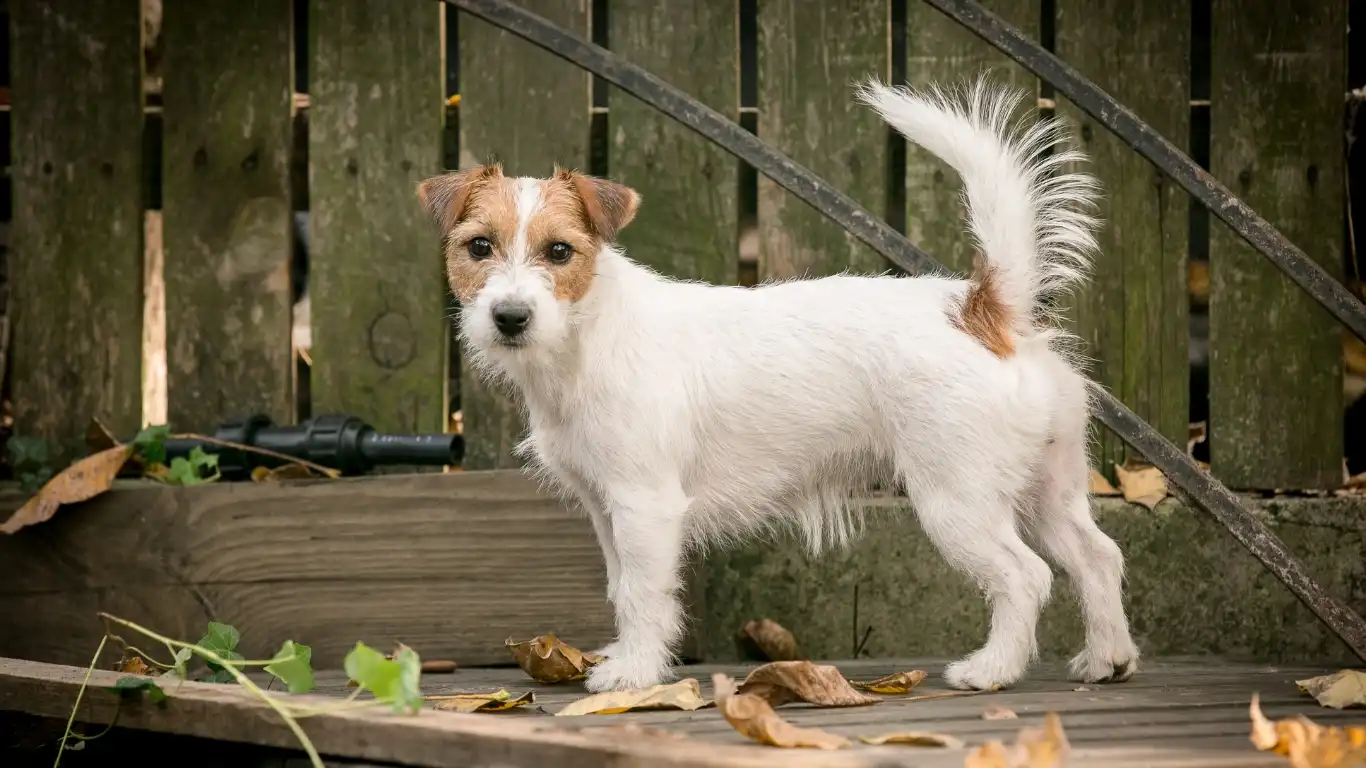
As a pet nutritionist, I can’t stress enough the importance of supplements, especially in the winter months. While you can support your dog’s coat through their regular food, sometimes additional supplements can help give them an extra boost. Omega-3 fatty acids are one of the most important additions to your dog’s diet when you’re focusing on coat health. Fish oils, flaxseed oils, and even certain dog foods are packed with these nutrients, which help keep the skin hydrated and the coat glossy.
Aside from omega-3s, there are other beneficial supplements you can consider. Biotin, zinc, and vitamin E all play a role in supporting your dog’s coat and skin health. Biotin, for example, helps with hair growth, while zinc and vitamin E are known for their ability to combat skin irritation, which is especially important in the winter. But, and this is really important—always talk to your vet before adding any new supplements to your dog’s diet. Every dog is different, and your vet can help you decide the right balance for your dog’s unique needs.
Hydration in Winter: It’s More Important Than You Think
We often think hydration is only important during the summer when dogs are more active and thirsty, but it’s just as crucial in winter. I’ve seen so many pet owners struggle with getting their dogs to drink enough water when the temperature drops, and I get it—cold weather doesn’t always make them thirsty. But proper hydration is essential for keeping their skin and coat healthy. Dehydration can lead to dry, flaky skin, and that’s the last thing you want when it’s already so dry outside.
Try placing fresh water in your dog’s bowl multiple times a day and avoid letting the water sit out for long periods. The colder weather can make their water unappetizing if it’s sitting too long and getting too chilly. If your dog isn’t drinking enough, you can try adding a splash of low-sodium broth or giving them wet dog food, which will help keep them hydrated and nourished.
Be Mindful of Over-Bathing in Winter
During winter, you might be tempted to bathe your dog more often, especially if they’ve been running around outside in the snow or mud. But here’s the thing: over-bathing your dog can actually strip their coat of natural oils that help keep it healthy. These oils are crucial for maintaining a healthy skin barrier, so while it’s important to keep your dog clean, try to avoid bathing them too often during the winter months.
Unless your dog has rolled around in something particularly smelly or dirty, try to limit their baths to once a month. Use a gentle, moisturizing dog shampoo that won’t dry out their skin. When you do bathe them, make sure to thoroughly dry them off right after, especially if you’re in a chilly climate. If their coat stays damp for too long, it can cause skin irritation or even promote fungal infections in extreme cases.
Monitor Your Dog’s Coat Regularly for Changes
Winter weather can bring about some unexpected changes in your dog’s coat, so it’s essential to monitor it regularly. If you notice any sudden hair loss, bald patches, or an increase in itching or scratching, these could be signs of underlying skin issues. Sometimes, skin problems arise in winter due to the change in temperature and humidity, but it could also be a sign of something more serious like allergies or infections.
In my experience, I’ve seen many dogs develop dry, flaky skin or hotspots during winter because of the cold and dry air. These conditions can worsen if not addressed promptly. So, keep an eye on your dog’s skin, and if you notice anything unusual, don’t hesitate to schedule a check-up with your vet. It’s always better to catch these things early before they become bigger problems.
Winter Paw and Coat Care: Protecting Your Dog from the Elements

By now, you’ve got a good grasp on how to keep a dog’s coat healthy in winter, but there’s one part that often gets overlooked—your dog’s paws. Their coat and skin aren’t the only things affected by the chilly weather. Snow, ice, and road salt can wreak havoc on those little paw pads, causing cracks, dryness, and even discomfort when walking. And trust me, I’ve seen my fair share of dogs coming into the clinic with irritated paws just from a short winter walk.
Paw Balms and Booties: Do They Help?
If you’ve ever wondered whether those tiny dog booties are actually useful or just a cute winter accessory, let me tell you—they can be lifesavers in extreme weather. They help protect your dog’s paws from icy sidewalks, rock salt, and rough terrain. But if your dog isn’t a fan of wearing them (some dogs just won’t have it!), a good-quality paw balm can work wonders. Simply apply a thin layer to their paws before heading outside, and it’ll act as a protective barrier against the elements.
After each walk, always check your dog’s paws and wipe them down with a damp cloth to remove any salt or ice buildup. This prevents irritation and keeps them comfortable. If you notice any cracks or redness, a vet-approved moisturizer can help soothe and repair damaged paw pads.
Indoor Air Quality: A Hidden Factor in Coat Health

Here’s something many pet owners don’t consider—indoor air quality can impact your dog’s coat more than you think. During winter, we crank up the heat, which makes indoor air dry. This lack of humidity can lead to itchy, flaky skin and a dull coat. I’ve had plenty of pet parents come to me saying, “I don’t understand! I’m feeding my dog all the right nutrients, but their skin is still dry.” More often than not, it comes down to humidity.
One of the best solutions? A humidifier. Adding a humidifier to your home helps maintain a healthy moisture level in the air, which in turn keeps your dog’s skin from drying out. If you don’t have one, placing a bowl of water near radiators or heating vents can help add some extra moisture to the air. It’s a small change, but it makes a big difference.
Providing a Cozy Sleeping Area
We all love snuggling up in a warm bed during winter, and our dogs are no different. Make sure your dog has a warm, draft-free sleeping area. If they usually sleep on the floor, consider adding a soft, insulated bed to keep them off cold surfaces. Some dogs also love blankets—one of my own pups won’t sleep unless she’s buried under one!
For older dogs or those with arthritis, a heated dog bed can provide extra comfort. Cold weather can make joint stiffness worse, so keeping them warm helps with mobility and overall well-being.
Winter Coat Myths: Separating Fact from Fiction
Over the years, I’ve heard a lot of myths about winter coat care for dogs. Some of them have a little truth to them, while others can do more harm than good. Let’s clear up a few common misconceptions:
- Myth: Dogs don’t need baths in winter. – While over-bathing can dry out their skin, skipping baths altogether isn’t ideal either. A bath every 4-6 weeks with a moisturizing dog shampoo can keep their coat healthy.
- Myth: Only short-haired dogs need winter coats. – Even thick-coated breeds can benefit from a winter coat, especially in extreme cold. Wind chill and wet fur can make any dog feel cold.
- Myth: If a dog isn’t shivering, they aren’t cold. – Dogs can still be cold without visibly shivering. Watch for signs like curling up tightly, lifting their paws off the ground, or seeking warm spots.
- Myth: Dogs drink less water in winter, so it’s not a concern. – Actually, dehydration can be a bigger issue in winter because they aren’t as naturally thirsty. Keep their water bowl full and encourage hydration.
When to See a Vet for Coat and Skin Issues
Despite your best efforts, there may be times when your dog’s coat just doesn’t seem to improve. If you notice excessive shedding, bald spots, a sudden change in coat texture, or constant scratching, it’s time to consult your vet. Underlying health issues like allergies, hormonal imbalances, or infections can cause coat problems that won’t go away with diet and grooming alone.
Some signs that warrant a vet visit include:
- Persistent itching or licking.
- Unexplained hair loss.
- Red, irritated, or flaky skin.
- A sudden change in coat texture (e.g., becoming brittle or greasy).
- Any signs of infection, such as sores or scabbing.
Your vet can help pinpoint any underlying issues and recommend the best course of action to get your dog’s coat back to its healthy state.
Final Thoughts
Winter doesn’t have to be a nightmare for your dog’s coat. With the right nutrition, grooming, hydration, and protective measures, you can keep their fur looking and feeling great all season long. The key is consistency—small daily habits add up to a big difference. Whether it’s adding omega-3s to their diet, brushing more frequently, or keeping them warm and dry, each step you take helps maintain a healthy coat.
And remember, every dog is different! Some breeds need more care than others in winter, so always tailor your approach based on their unique needs. If you ever have concerns about your dog’s coat health, don’t hesitate to reach out to your vet for advice.
References
- American Kennel Club – Coat and skin care tips for different breeds.
- ASPCA – Winter pet safety and grooming advice.
- American Veterinary Medical Association – Veterinary insights on skin and coat health.
Disclaimer
This article is for informational purposes only and is not a substitute for professional veterinary advice. If your dog has persistent coat or skin issues, consult your veterinarian for a proper diagnosis and treatment plan.


